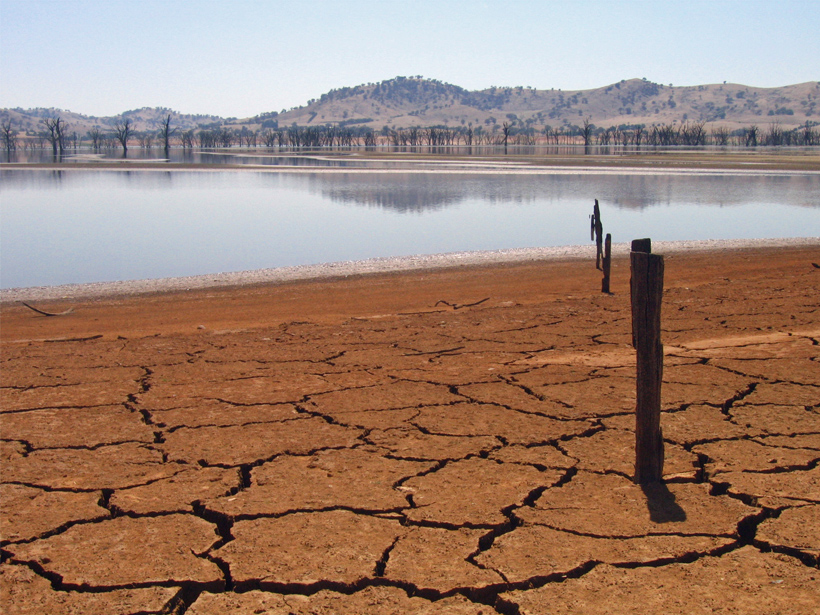Source: Water Resources Research
Human civilizations have always sprouted up around bodies of water. We’ve created increasingly efficient infrastructures to harness and store the precious resource, reaching a scale so enormous that human activities now have a substantial impact on the global water cycle. Kumar provides a framework to integrate cross-disciplinary approaches to water scarcity in order to reveal innovative, holistic solutions.
The water cycle is intimately linked with Earth’s carbon, nutrient, and energy cycles—all of which have been greatly impacted by human activities. The complexity of these interconnected systems ensures that any perturbation—for example, a forest fire, a catastrophic flood, or an extended drought—will have unpredictable consequences as it propagates through each cycle. Because these emergent responses are nearly impossible to plan for or protect against, they pose a great threat to humans
“We are being called upon to address problems that are complex and messy because no clear pathways of solutions may exists, and often multiple solutions may present equally (un)satisfying outcomes,” the author writes. His integrated framework of the water cycle and humanity’s place in it, which he calls “hydrocomplexity,” aims to identify the best practices for addressing emergent threats against water security that come from climate change, increasing reliance on limited resources, and intensive land management and development.
The author argues that in order to model how perturbations will propagate through the water, carbon, and nutrient cycles and generate various emergent responses, scientists need a comprehensive understanding of the processes at play in each of the interconnected cycles.
He also suggests that hydrologic patterns will likely be revealed through the integration of models with a rapidly growing body of diverse observational records by computational systems that crunch large volumes of data.
Finally, understanding how information flows through institutional networks and triggers human action will also provide insights toward developing effective solutions to water scarcity that people will actually adopt.
Already, much of the world is dealing with an extreme and chronic shortage of freshwater; essentially, humans are using the resource faster than it can be replenished by the normal hydrologic cycle. The underlying idea of the author’s framework is that understanding our role in the complex water cycle is the first step toward managing inevitable water security challenges of the future. (Water Resources Research, doi:10.1002/2015WR017342, 2015)
—Kate Wheeling, Freelance Writer
Citation: Wheeling, K. (2015), The coming blue revolution, Eos, 96, doi:10.1029/2015EO041535. Published on 17 December 2015.
Text © 2015. The authors. CC BY-NC 3.0
Except where otherwise noted, images are subject to copyright. Any reuse without express permission from the copyright owner is prohibited.

